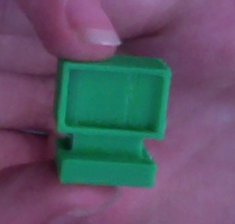Hi Everyone,
Now I know it’s been a long time since I last posted on this blog. And trust me, it won’t happen again. With the new year I’m going to start posting more often throughout the year. Whether that’s every week or month I’m not sure, but it definitely won’t be every year.
This blog won’t be exactly the same as it was two years ago, after reading other blogs and learning more about blogging and coding, I’ve decided that I don’t want to have “set” lessons. I’ll still write posts to teach people certain things, but I may also start writing reviews of products, websites, books or software I’ve used to help develop my knowledge in computer science.
This year holds many exciting opportunities for me and I want to start it by getting this blog up and running again. If you have anything that you want me to blog about please comment!
Thanks for all your support,
Georgia.






